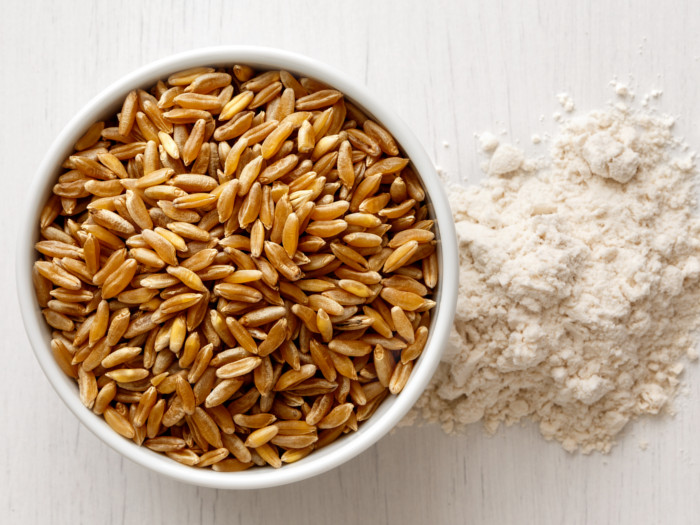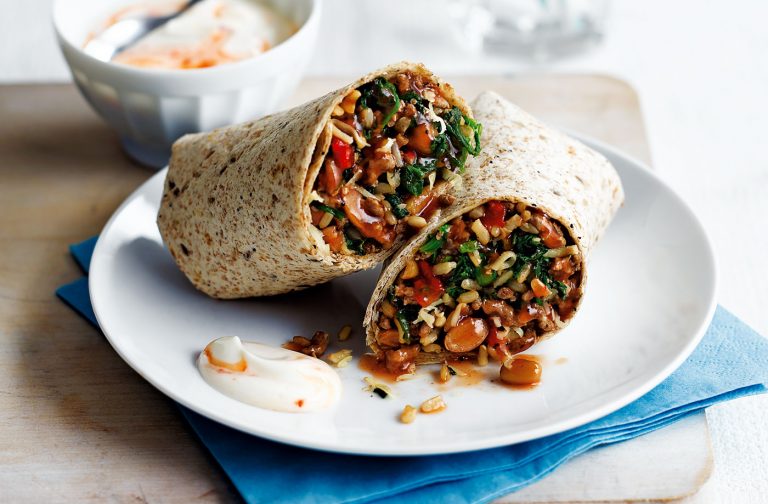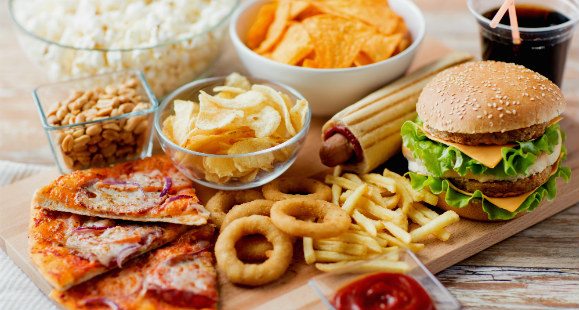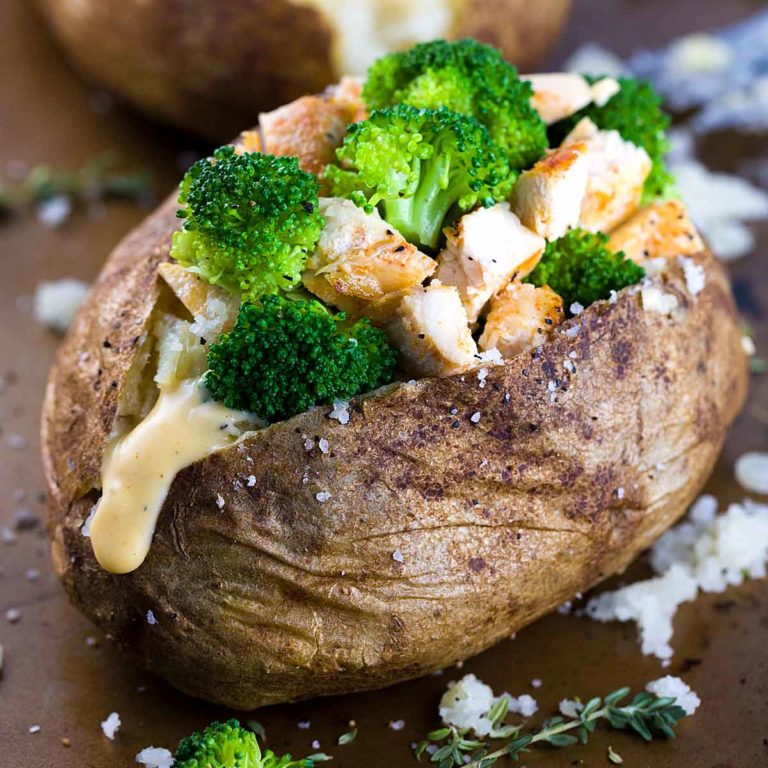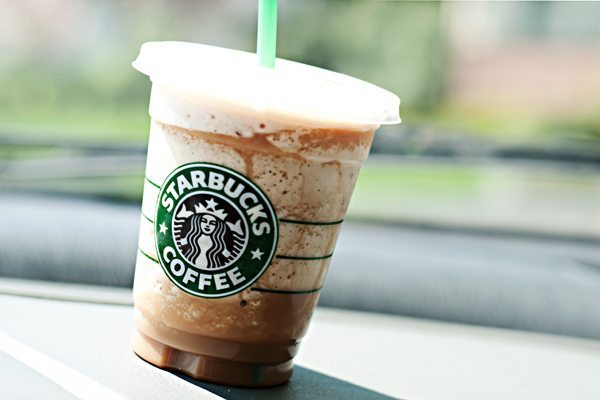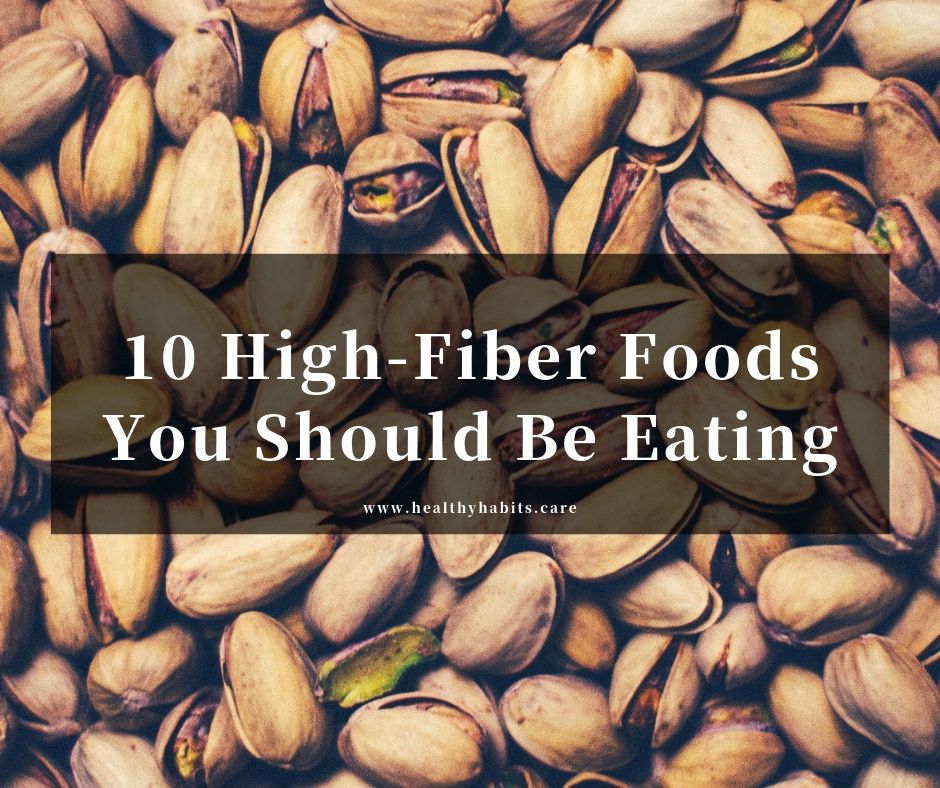
Thanks to the highly-refined, modern American diet, the average American isn’t getting enough of one of the most important nutrients: fiber. Without a consistent intake of healthy, high-fiber foods in your diet, you’ll experience dips in energy, have difficulty losing weight, and also increase your risk of diabetes and inflammation.
Americans should consume 28 grams of fiber per day if they’re following a 2,000 calorie diet, according to the FDA. Unfortunately, we’re getting nowhere close to that amount. A recent report from the Food and Drug Administration says that the average American woman eats only 15 grams of fiber a day, while the average adult man consumes just under 19 grams per day.
Luckily, following a few smart swaps and intelligent additions to your diet can help get you reach these suggested intake goals. Using the USDA Food Composition Database, we’ve rounded up 10 go-to foods for fiber that all contain more than 10 percent of your DV (Daily Value) of the nutrient per standard serving size.
Pistachios
Fiber per 1 oz: 2.8 grams
These tiny nuts are filled with fiber, which helps keep your digestive system running smoothly. A one-ounce serving of pistachios will give you 2.8 grams of fiber, along with 6 grams of protein.
Pearled barley
Fiber per ½ cup (cooked): 3 grams
Incorporate this healthy grain into soups and stews, or even feature it as a side dish with some added spices. The dietary fiber found in this grain “helps you extract and remove cholesterol, which is correlated with heart disease,” explains Jessica Crandall, a Denver-based RD, Certified Diabetes Educator, and National Spokesperson for the Academy of Nutrition and Dietetics.
Oranges
Fiber per medium orange (peeled): 3.1 grams
If you can resist picking off every last bit of that pesky white stuff on the orange segments, you’ll retain more of the waist-whittling nutrient.
Bananas
Fiber per medium banana (peeled): 3.1 grams
If you’re craving something fruity, bananas are one of the best fiber-rich fruits to have. One banana has a little over 3 grams of fiber, and also contains a high amount of potassium, and essential nutrient that helps regulate blood pressure.
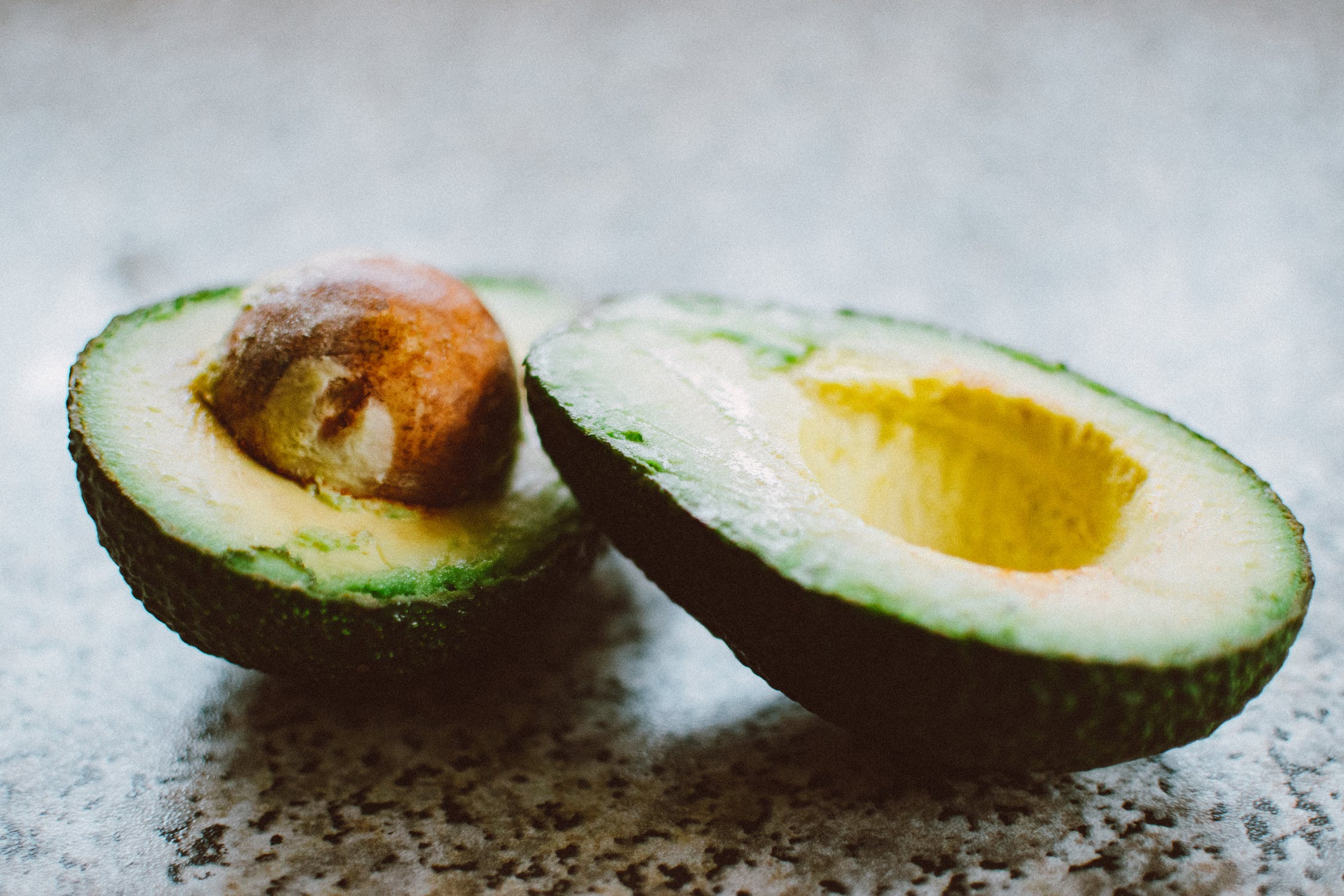
Avocado
Fiber per ¼ avocado: 3.4 grams
It’s not the spinach leaves that are going to fill you up, but rather that creamy avocado you slice on top of them. On average, one medium avocado contains around 10-13 grams of filling fiber and adding it to your meals or finding a few awesome avocado recipes can increase satiety tremendously.
Canned pumpkin
Fiber per ½ cup: 3.6 grams
You should be eating this fall-favorite vegetable year round for its high fiber content. Despite being pureed, each half-cup serving of delicious pumpkin has almost 4 grams of fiber.
Teff
Fiber per ½ cup (cooked): 3.6 grams
Teff is a super-grain known for it’s high fiber content. Add this to your dinner plate instead of refined grains to get a hearty and fiber-packed kick into your meal.
Dried figs
Fiber per ¼ cup (dried): 3.7 grams
Dried figs are a very portable and very palatable source. One little, dried fig contains nearly one gram of fiber and about 20 calories. Mix a few in a bag with some nuts, and you’ve got yourself a healthy and wholesome snack for when you’re on-the-go and starting to run out of fuel.
Carrots
Fiber per 1 cup (raw): 3.6 grams
Believe it or not, this Bugs Bunny favorite can actually increase feelings of fullness post-snacking—much more than any pretzel sticks can. Throw a bunch in a small baggie and pull them out mid-afternoon when the munchies kick in.
Sugar snap peas
Fiber per 1 cup (cooked): 4 grams
Rather than grabbing a bag of chips or pretzels, spend a few minutes at night throwing together a small bag of portable and affordable veggies. Cherry tomatoes, carrots, and mini bell peppers are all great snack options but these satisfying snap peas contain 4 grams of fiber per one cup serving.



